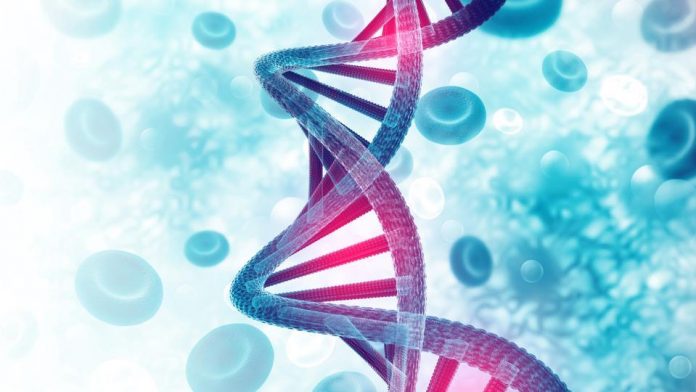The DNA Technology (Use and Application) Regulation Bill 2019 is another Adhaar in the making. The foundation of the DNA Technology (Use and Application) Regulation Bill came into existence in 2003 when the profiling Advisory Committee was set up for the establishment of a DNA Law.
By 2012, the draft bill was sent for a revision to the commission to effect privacy-related issues. In July 2017, the Law Commission of India approved the revision in its report contending that privacy is not a fundamental right but merely an academic discourse.
By May 2017, the Supreme Court of India declared privacy under Article 21 of the Constitution of India, a fundamental right. This had an impact on the report sent by the Law Commission of India.
In January 2019, the Draft Bill was introduced and passed by Lok Sabha. The passage did not live long as it collapsed before Rajya Sabha took over. But it was reintroduced in July 2019 and is pending approval in the Lok Sabha.
The Purpose of the DNA Technology (Use and Application) Regulation Bill 2019
The Bill is created for the singular purpose of regulating the use and application of the identity of some persons such as offenders, suspects, victims, missing persons, persons under trials, deceased persons, etc.
The Regulatory Board of the DNA Bill
The Board comprises of:
- A Secretary Level Officer
- Experts in the field of forensic, biological sciences, and legal matters
- Representatives from the police and investigative agencies such as the State DGP on a rotational basis, Director of CBI, Human Rights Commission, and DG of NIA.
The Board would provide the following functions:
- Advisory role to the government on issues about the establishment of data banks, DNA laboratories, provision of guidelines, procedures, and standards for the Banks and Laboratory functionality.
- Offering recommendations on privacy-related issues.
- Helping the investigative agencies especially in criminal matters within and outside the country.
- The grant of DNA Labs accreditation.
- With the Board’s empowerment, no court can entertain any issue related to this Bill.
DNA Technology (Use and Application) Regulation Bill 2019- DNA Data – Collection and Use
The data collected will only be used about matters that are listed in the Schedule of the Bill. These matters include:
- Criminal Offences where DNA testing is required under the Penal Code.
- Cases of medical negligence.
- Civil cases like ART (Assisted Reproductive Technologies), parental disputes, human organs, transplants, etc.
- Offences mentioned under special laws like medical termination of pregnancy, domestic violence, immoral trafficking, sex selection, etc.
- Identification of abandoned children and human remains.
DNA Profiling-
There is no need for consent for DNA profiling when collecting bodily substances of offenders who committed offences with the death penalty or seven years imprisonment as punishment. Consent is required for a lesser offence or punishment. In cases of missing persons, written consent is required from the next-of-kin.
Data can be removed from the DNA Data Bank through a written request. This is possible if the request is not for the removal of the data of a suspect or offender.
Unauthorized disclosure of DNA data attracts a three years imprisonment with or without an option of fine. The fine is set at Rs 1 Lakh. For unauthorized destruction or tampering or alteration of the biological evidence obtained, the punishment is five years imprisonment and a fine of up to Rs 2 Lakh.
Aadhaar Biometrics on DNA Profiling-
There have been debates on the use of Aadhaar biometrics for DNA and the use of Fingerprints in India. Why some experts canvas that DNA profiling is not necessary as it is susceptible to hacking and may not accurately profile everyone especially twins, it is recommended that Fingerprints is ideal as such data has limited information.
But, it begs the question, would fingerprints be enough to identify persons who have been maimed beyond recognition or would it be able to identify human remains? Why this question may remain unanswered inlight of emerging technologies, the bane falls on the experts in the field for guidance.
Also, with the Supreme Court declaring Article 21 a fundamental right, DNA profile should only be used in extreme cases.





